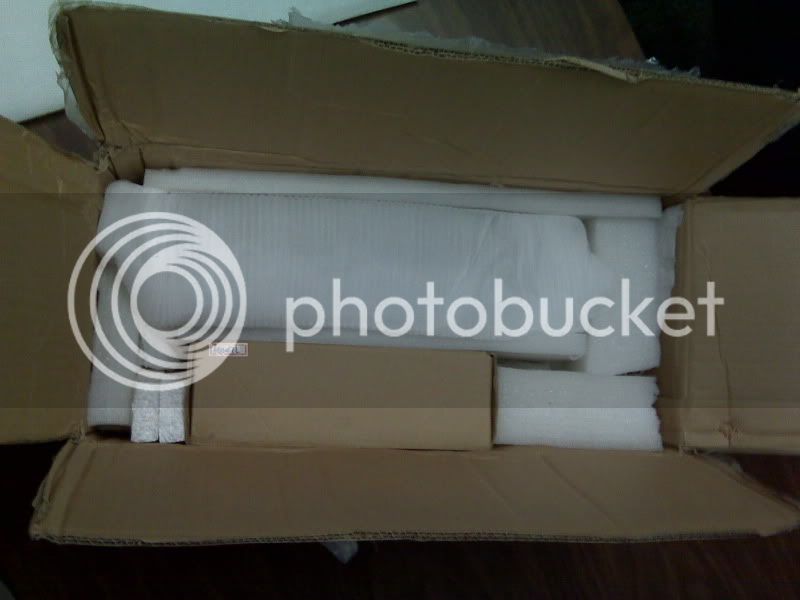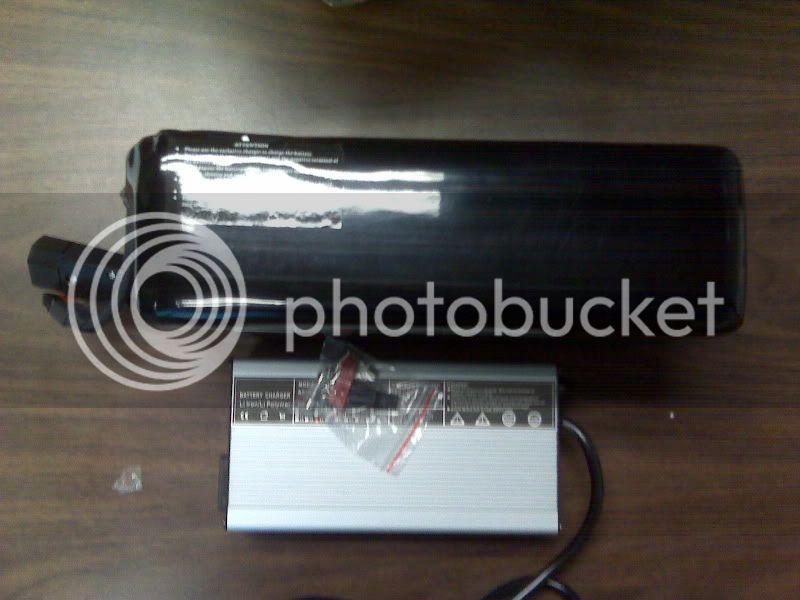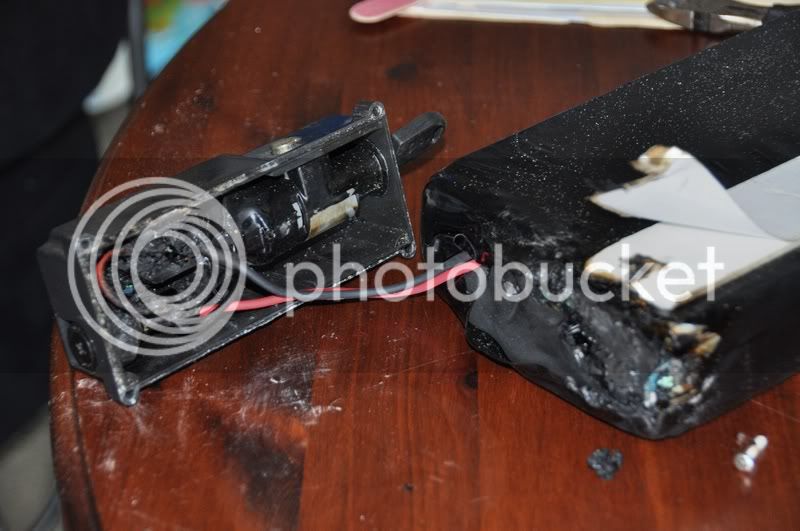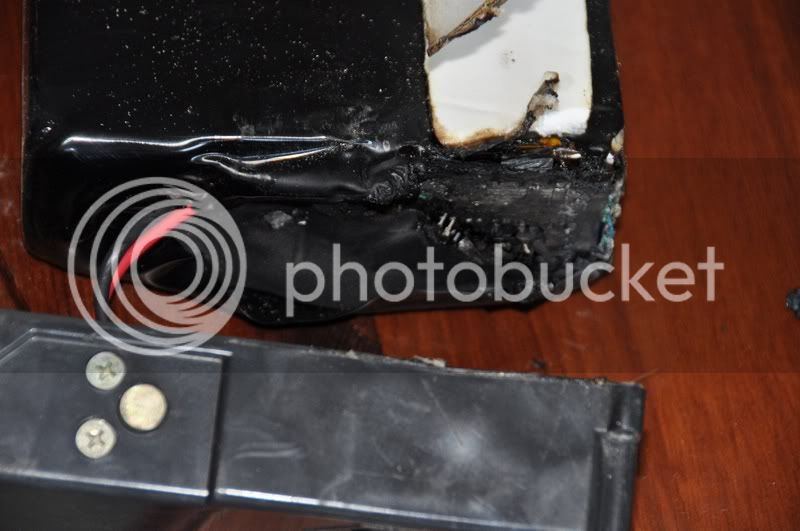wakataka
10 mW
- Joined
- Jul 28, 2008
- Messages
- 25
I recently purchased a 48v 11ah lifepo4 battery pack from BMSbattery (http://www.bmsbattery.com/), which is the online store for E-city Power. I used the online chat session to work out the details of the order. I wanted a battery to fit in my Wilderness Energy cloth battery carrier. They worked with me online to determine what capacity battery could be configured to fit the dimensions of the WE carrier and provided the custom configuration at no additional charge. They also worked with me to be sure that the cutoff on the BMS would be adequate for my purposes. I got the 30 amp cutoff, although they could have supplied a 40 amp one. 40 amp seemed to high for a 11ah pack. They sent photos of the battery pack prior to shipping to be sure that the connectors and configuration were going to work. I got an e-mail notifying me that the battery had shipped just 6 days after I ordered. Not bad for a custom configuration. The battery arrived, well packed and fully charged, less than 2 weeks after I ordered it. I was really pleased with the whole ordering / delivery experience and the communication throughout. You could not ask for better service. The shipping was a little pricey ($95), but it did come all the way from China after all.
Here's how it was packed

This is what was in the box. They sent extra Anderson Power Poles to make the connection to the bike. Nice touch

This shows the connectors. The 110v plug is actually the input for the charger. Although this is a sturdy plug, I'm a little concerned that someday somebody might plug this into 110v, providing a spectacular end to the BMS and maybe the rest of the pack.

The pack fits perfectly in the WE tail bag. The performance increase above the standard 36v SLA pack is quite remarkable.
The charger appears to be good quality. It has a fan that is a bit loud when it is in full charging mode but the fan shuts off when the charger starts to taper down to float voltage. It's rated at 4 amps, 58.4 volts. It pulls about 3.8 amps off the 110v circuit when it's running. It has one quirk. If I take the battery off the charger and go for a ride, leaving the charger plugged in, the charger won't restart when I plug the battery back into it, even thought the battery has been discharged. You have to unplug the charger to get it to restart. Seems to me this might be problem for battery balancing. The resting voltage on the battery (coming out of the BMS) when it is sitting on the charger is about 53.8v.
The battery is nicely packaged in some kind of thick black shrink wrap with padding beneath it. The BMS is internal and completely enclosed. There are no external LEDs to determine what's going on with the BMS and no way to get to the individual cells without opening the pack. I gather that you can see the LED indicators on the newer packs from Ping Battery to confirm that the BMS is doing the right thing in balancing the battery. I guess that's a trade off with having this battery so nicely packaged. I wondered how the heat from the BMS would dissipate through the shrink wrap, but I've not been able to detect any heat either when charging or after use. On my longest ride so far I've only pulled about 2 ah out of the pack, so I really haven't put it to the test yet. I'm trying to break it in easily, like Dogman recommended. Just doing short rides and leaving the battery on the charger in between. I'll post a review about the performance of the battery after I've put some miles on it. So far, I'm a very happy customer.
Here's how it was packed

This is what was in the box. They sent extra Anderson Power Poles to make the connection to the bike. Nice touch

This shows the connectors. The 110v plug is actually the input for the charger. Although this is a sturdy plug, I'm a little concerned that someday somebody might plug this into 110v, providing a spectacular end to the BMS and maybe the rest of the pack.

The pack fits perfectly in the WE tail bag. The performance increase above the standard 36v SLA pack is quite remarkable.
The charger appears to be good quality. It has a fan that is a bit loud when it is in full charging mode but the fan shuts off when the charger starts to taper down to float voltage. It's rated at 4 amps, 58.4 volts. It pulls about 3.8 amps off the 110v circuit when it's running. It has one quirk. If I take the battery off the charger and go for a ride, leaving the charger plugged in, the charger won't restart when I plug the battery back into it, even thought the battery has been discharged. You have to unplug the charger to get it to restart. Seems to me this might be problem for battery balancing. The resting voltage on the battery (coming out of the BMS) when it is sitting on the charger is about 53.8v.
The battery is nicely packaged in some kind of thick black shrink wrap with padding beneath it. The BMS is internal and completely enclosed. There are no external LEDs to determine what's going on with the BMS and no way to get to the individual cells without opening the pack. I gather that you can see the LED indicators on the newer packs from Ping Battery to confirm that the BMS is doing the right thing in balancing the battery. I guess that's a trade off with having this battery so nicely packaged. I wondered how the heat from the BMS would dissipate through the shrink wrap, but I've not been able to detect any heat either when charging or after use. On my longest ride so far I've only pulled about 2 ah out of the pack, so I really haven't put it to the test yet. I'm trying to break it in easily, like Dogman recommended. Just doing short rides and leaving the battery on the charger in between. I'll post a review about the performance of the battery after I've put some miles on it. So far, I'm a very happy customer.



